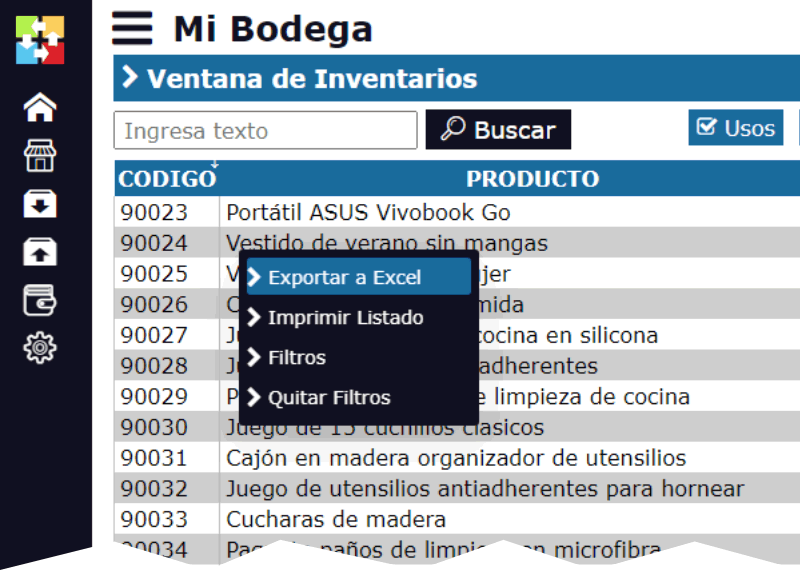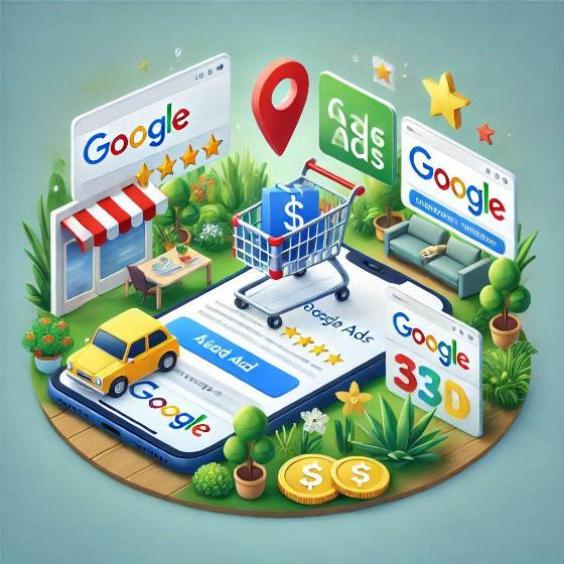How to position your online store on Google and social networks
In a world where online competition is fierce, getting your store to appear in the top positions on Google and be visible on social media is crucial for the success of your business. However, not everyone has the budget to invest in paid advertising. Fortunately, there are native positioning strategies that can help you stand out without breaking the bank. Here's a step-by-step guide to help you optimize your online store and maximize its visibility.

1. Understand what Google values (and what it doesn't)
Google has its own rules when it comes to deciding which sites to show in the top search results. Understanding what Google values is the first step towards successful positioning.
1.1 Original and high-quality content
Google hates duplicate content. This means that copying images or text from other websites is a terrible idea. Not only could you be penalized, but your efforts to position your store will be in vain. That's why it's essential to create original, useful, and relevant content for your users.
Tip: Make sure your articles are neither too short nor too long. A good range usually falls between 800 and 1,500 words, depending on the topic.
1.2 Image optimization
Images play a crucial role in your site, but you must be careful not to copy photos from other sites. Google values original and well-optimized images that are not too heavy and have adequate descriptions (alt attributes), helping search engines understand what the image is about.
Tip: Use tools like Google Lighthouse to check the loading speed of your site and identify improvements in image optimization.
1.3 The importance of page load time
A fast site not only improves user experience but is also a key factor in Google's ranking algorithm. A slow page load time can negatively affect your ranking.
Tip: Minimize the use of unnecessary scripts, optimize your images, and consider using a Content Delivery Network (CDN) to improve your site's speed.
2. Linkbuilding: The importance of external links
Linkbuilding refers to the practice of obtaining external links (backlinks) that point to your site. Google considers backlinks as votes of confidence, and the more high-quality sites that link to your store, the better your positioning will be.
2.1 Linkbuilding strategies
There are several ways to get high-quality links:
- Collaborate with other relevant blogs or websites: Write guest articles on blogs that share your target audience.
- Register in relevant directories: Business or niche directories can provide valuable links.
- Create content that people want to link to: Infographics, case studies, and comprehensive guides are examples of content that other sites will be willing to link to.
2.2 Be careful with low-quality links
Avoid getting links from low-quality sites or engaging in spammy practices. Google can penalize you if it detects that you're using unethical tactics to improve your ranking.
3. The power of an external blog
One effective strategy to generate traffic and improve your positioning is to create an external blog on a platform like WordPress. A blog allows you to attract visitors interested in topics related to your products, and you can use it to generate links to your online store.
Tip: Publish useful and relevant content on your blog, including links to your store in your articles. Don't just sell; provide value to your readers with information that really interests them.
4. Use Google Search Console (Webmaster Tools)
Google Search Console is a free tool that allows you to monitor your site's performance on Google. You can use it to identify problems, such as tracking errors or penalties, and to optimize your content based on the keywords that bring the most traffic to your site.
Tip: Make sure to send a sitemap to Google through Search Console, which makes it easier for Google to crawl and index all the pages of your store.
5. Social media: It's not just about publishing
Social media is a powerful tool to generate traffic to your store, but it must be used strategically.
5.1 Attractive visual content
Images and videos are the type of content most shared on social media. Make sure your posts are visually appealing and aligned with your audience's interests.
5.2 Regular and relevant posts
It's not just about publishing. Share content that really interests your followers, such as tutorials, industry news, or special promotions.
5.3 Interaction and engagement
Respond to comments and messages from your followers. Interaction not only strengthens your relationship with them but also increases the visibility of your posts.
6. SEO On-Page: Optimize your site from the inside
SEO On-Page refers to all the actions you can take within your site to improve its positioning in search engines.
6.1 Keywords
Research the keywords your potential customers are using in their searches and make sure to include them in your titles, descriptions, and content.
6.2 Friendly URLs
Use URLs that are descriptive and easy to read. Short URLs that include keywords usually work better.
6.3 Titles and meta descriptions
Titles and meta descriptions should be attractive and contain relevant keywords. Although they don't directly affect ranking, they do affect click-through rates, which is an important factor for Google.
Conclusion
Positioning your online store on Google and social media requires time and effort, but the results can be very rewarding. Through strategies of original content, technical optimization, and a focus on getting high-quality links, you can improve the visibility of your store without needing to spend on paid advertising. Remember that success in SEO is a marathon, not a sprint, so be patient and keep optimizing your site consistently.





